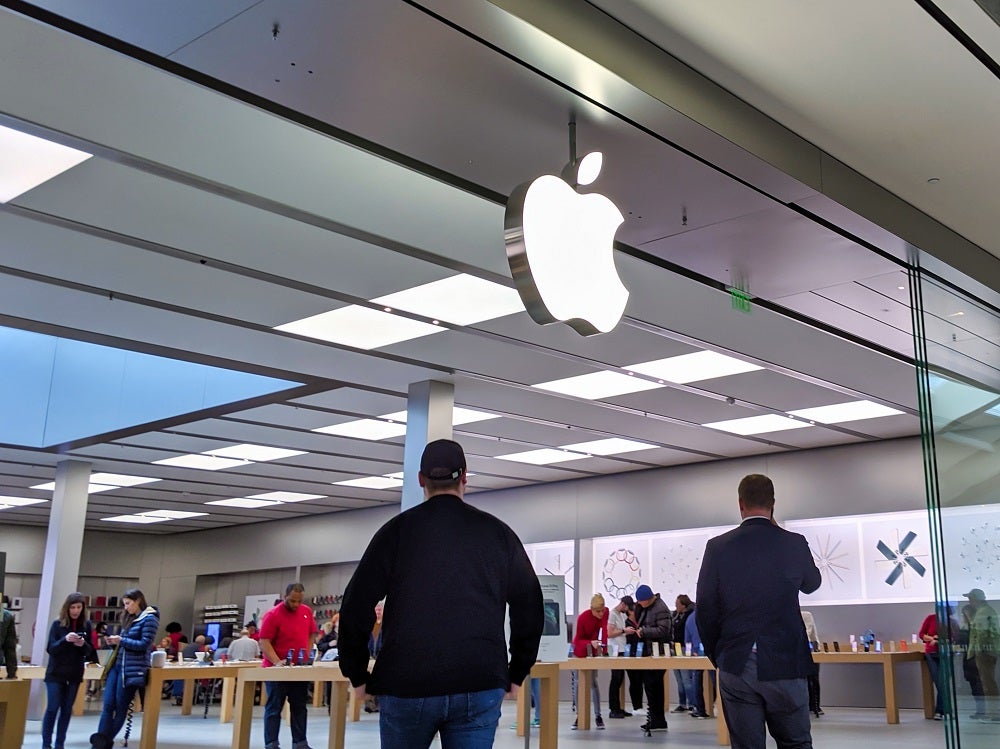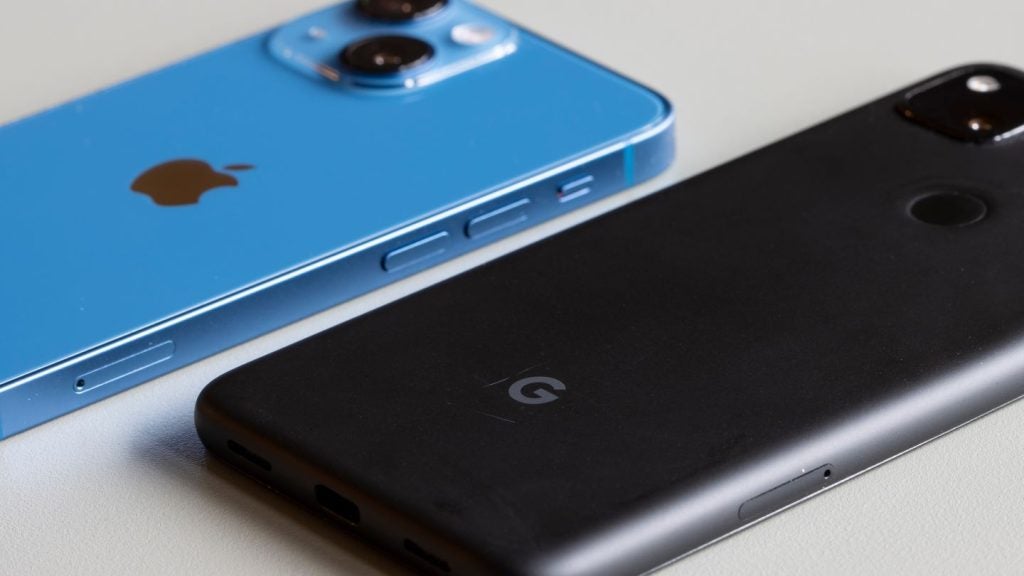Apple’s recent acquisition of Xnor.ai will help it challenge Amazon Web Services, Microsoft and Google, in the race to target emerging opportunities associated with artificial intelligence (AI) and edge computing. Among all these companies there is a growing interest in the so-called ‘device edge’ and the potential to leverage advanced data processing capabilities and sophisticated AI algorithms within portable devices such as smartphones, watches and headphones, or other technology within a home environment, and factory or store equipment fitted with internet-connected sensors.
Notable strengths and competitive differentiators associated with Xnor.ai’s processor technology include its lower energy consumption compared with Apple’s existing AI device processers, and its use of solar power, which helps to alleviate the drain on device battery power that invariably comes with service consumption.
Apple’s $200 million acquisition of Seattle-based Xnor.ai last month makes it the latest in a growing number of companies that are targeting the opportunities associated with artificial intelligence (AI) and edge computing. Apple’s acquisition of Xnor.ai will help it challenge the leading cloud service providers, Amazon Web Services (AWS), Microsoft and Google, all of which are focused on harnessing the benefits of AI and edge computing, and which compete against Apple in several product and service segments – including streaming media, virtual assistants, smart speakers and tablets.
Edge computing refers to the use of computer processing, data storage and analytics capabilities close to the places where data is collected and where digital content and applications are consumed. The goal of edge computing is to enable and support digital services and applications that require high levels of performance and low latency (i.e. the amount of time it takes for a packet of digital data to travel from one point to another). They include things such as autonomous vehicles, high definition (HD) video and immersive content. Edge computing technologies can be deployed in multiple locations, including secondary and tertiary data centres, factories and retail outlets, and telecoms network operator base stations. In particular, there is a growing interest in the so-called ‘device edge’ and the potential to leverage advanced data processing capabilities and sophisticated AI algorithms within portable devices such as smartphones, watches and headphones, or within home, factory or store equipment fitted with internet-connected sensors. The advantages of processing data and applying AI within the device itself include higher levels of service performance, significantly lower latency, and the avoidance of network usage costs associated with transporting data to be processed within Cloud data centres.
Combining edge computing with AI technologies such as machine learning (ML) unlocks opportunities to offer a wide range of new applications, including those that leverage image analytics (e.g. for monitoring, surveillance, and face and expression identification), audio analytics (e.g. speech recognition and event detection) and environmental sensor analytics (e.g. measuring fitness and health levels, and measuring building vibration, noise, and temperature levels). Leveraging Xnor.ai’s processor technology, Apple could enhance the existing AI capabilities of services such as its Siri virtual assistant, or introduce AI capabilities to additional products and services, ranging from cameras and watches to its HomeKit smart home system. Notable strengths of Xnor.ai’s processors include their lower energy consumption compared with Apple’s existing AI device processers. They also include their use of solar power, which helps to alleviate the drain on device battery power that invariably comes with service consumption. Apple will likely use Xnor.ai’s technology to build more processing and AI into its devices, without that having a negative impact on their battery life.
Apple needs to extend the use of AI across its products and service portfolio if it wants to remain competitive in a fast-changing and highly competitive market. Going forward Apple will face significant competition from Google, whose Edge TPU (Tensor Processing Unit) is a lightweight version of the ML technology Google uses within its Cloud data centres. Edge TPU allows Google to bring ML capabilities to a range of end-user devices, including smartphones, smartwatches, digital cameras, and digital media players. As Apple focuses on building greater AI and edge computing functionality into its devices, it will also compete against products that leverage AI processors from companies such as Intel, NVIDIA, Qualcomm and Xilinx. In order to succeed, it is therefore imperative that Apple differentiates, not only with its device and service capabilities but also with its use of AI to deliver additional functionality and value for its customers.








